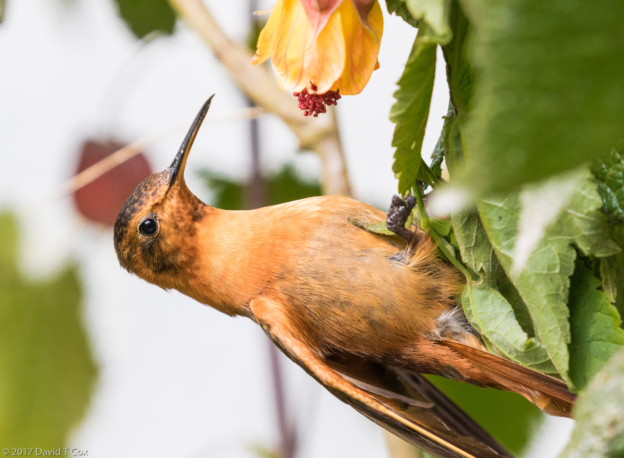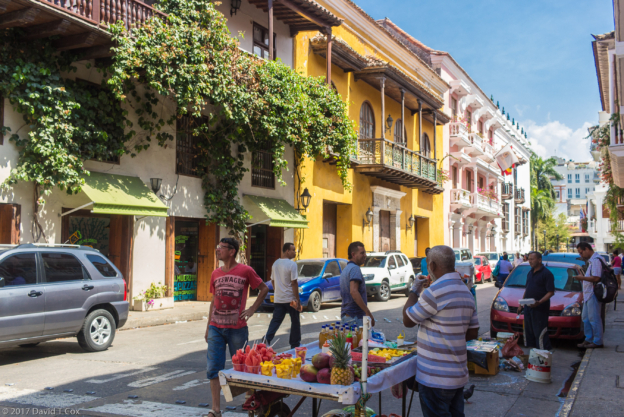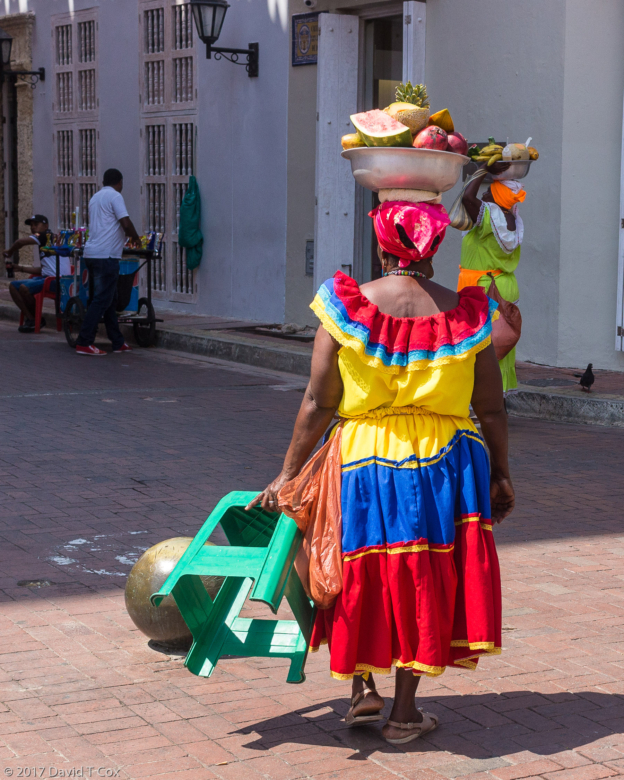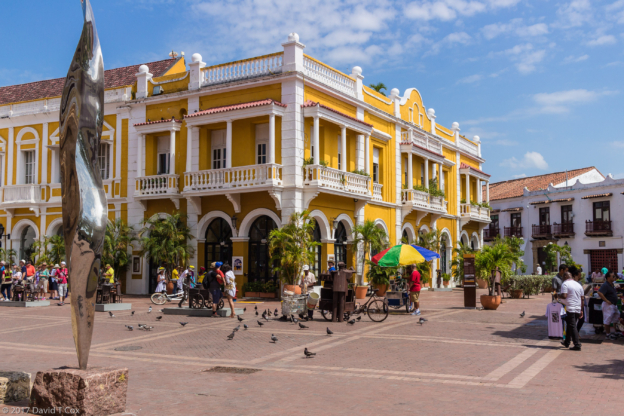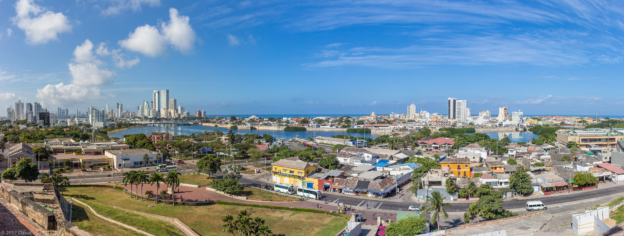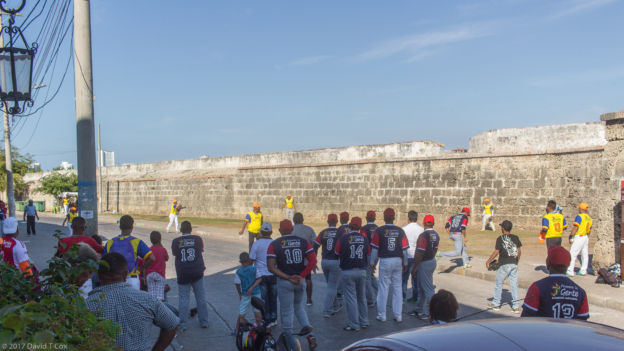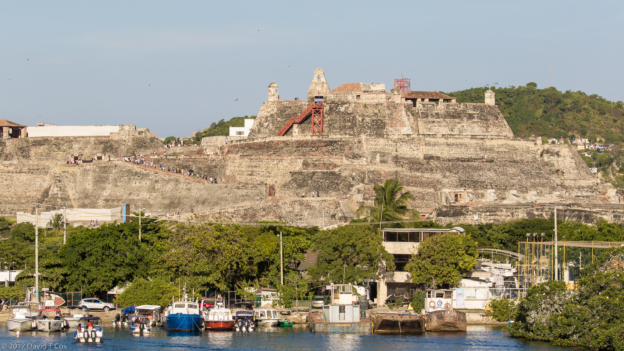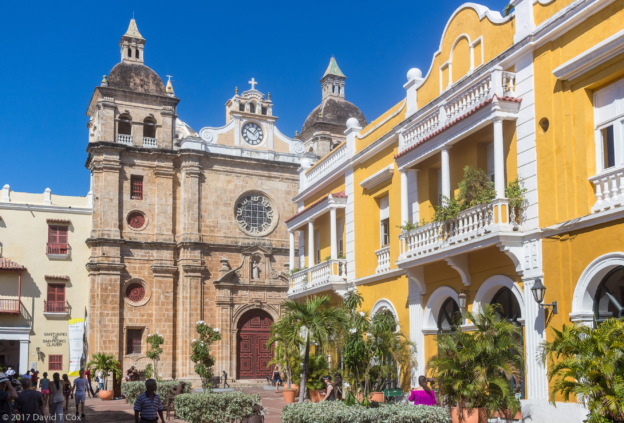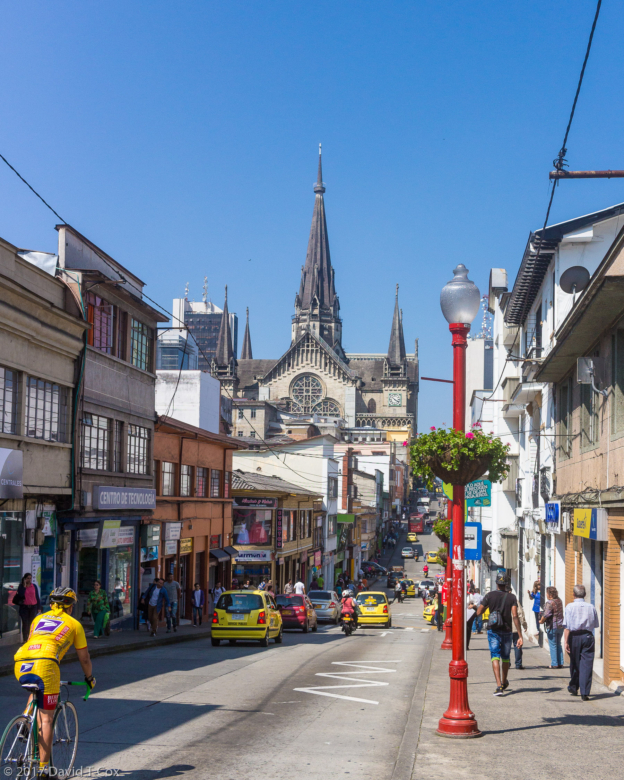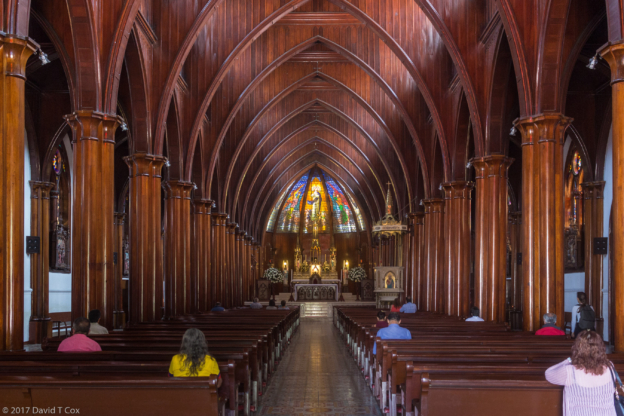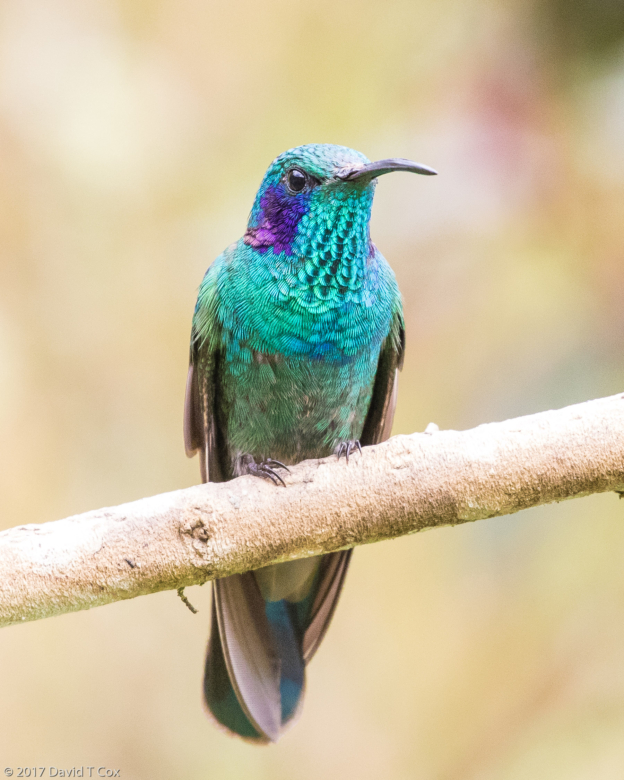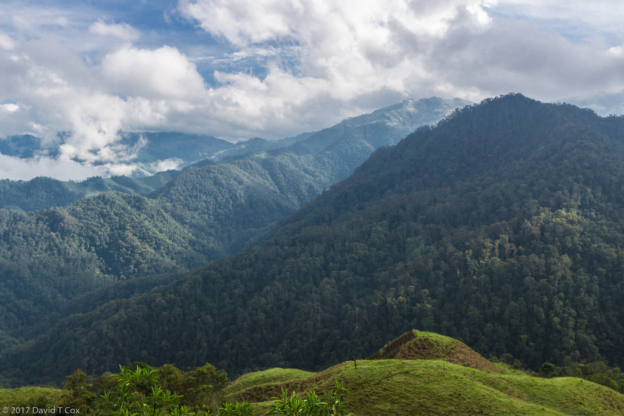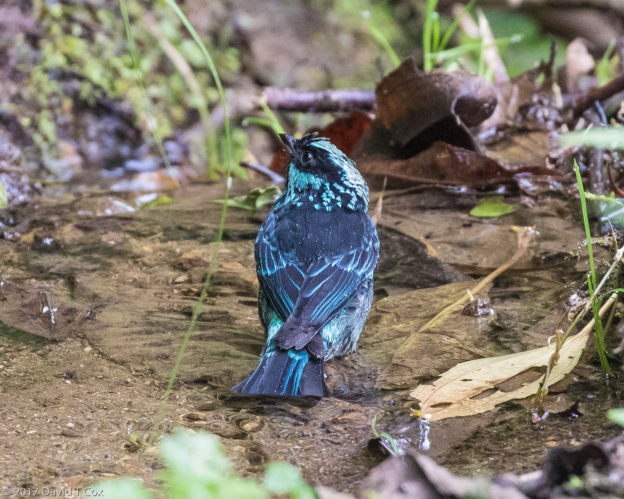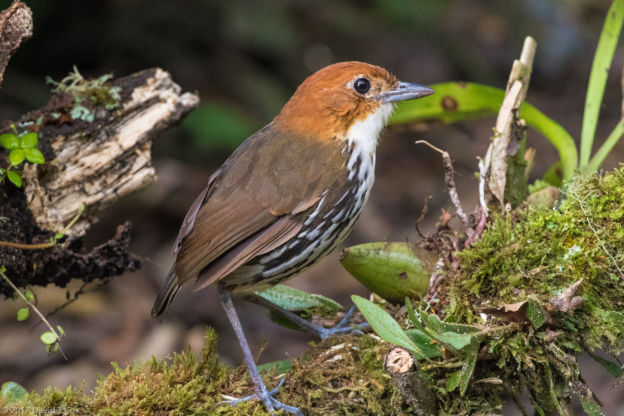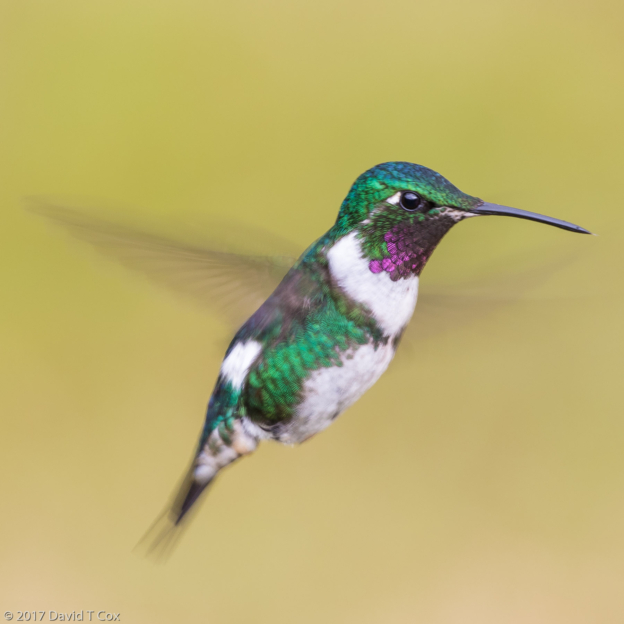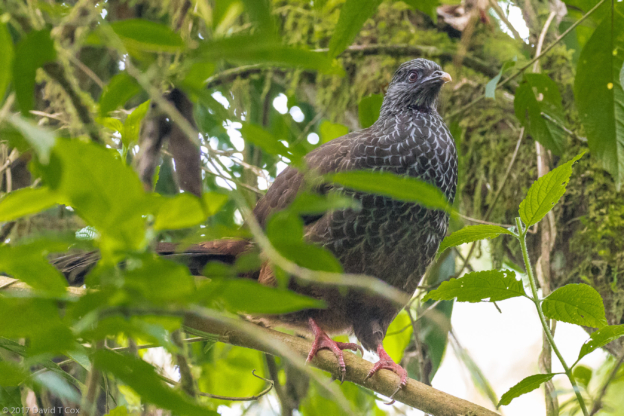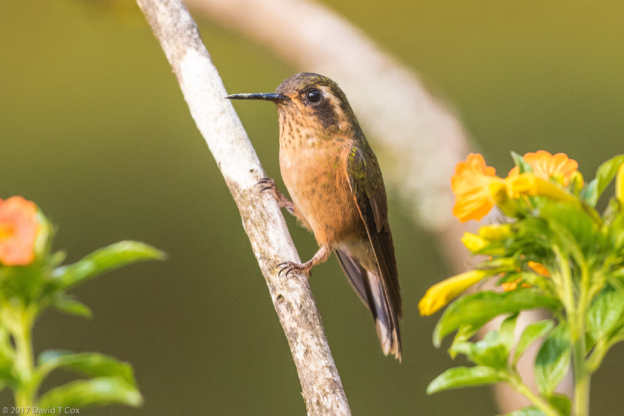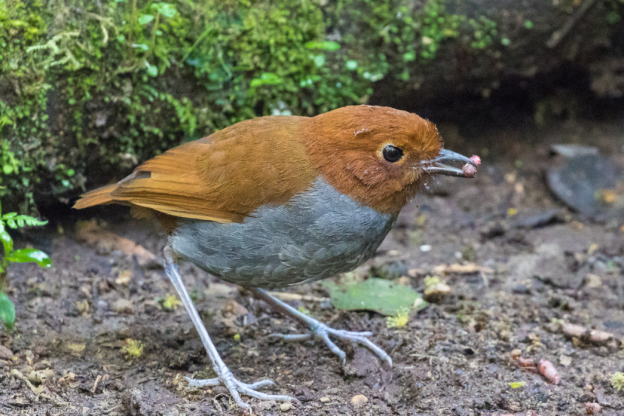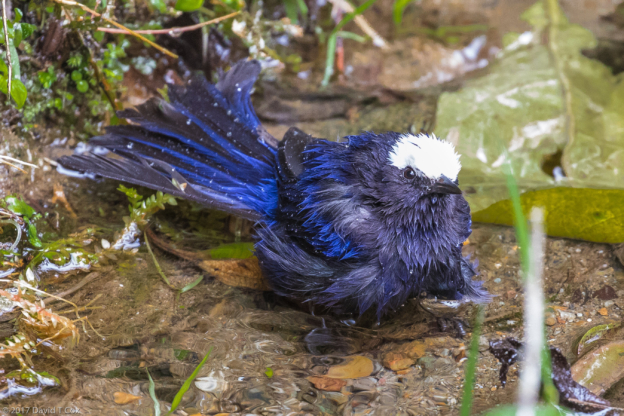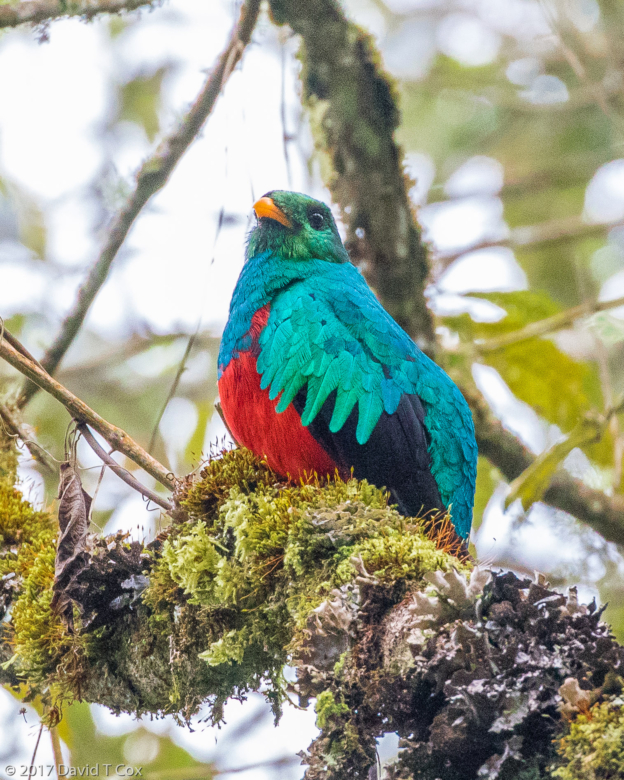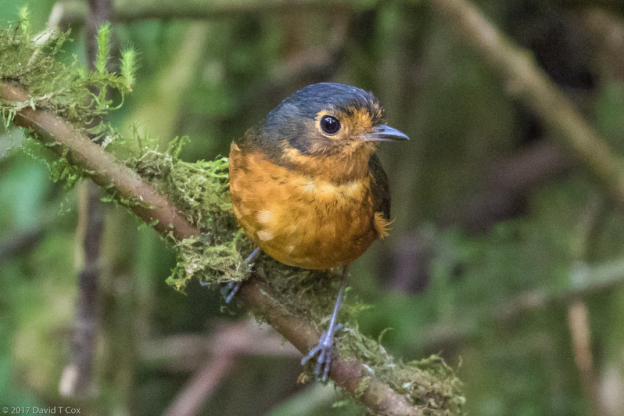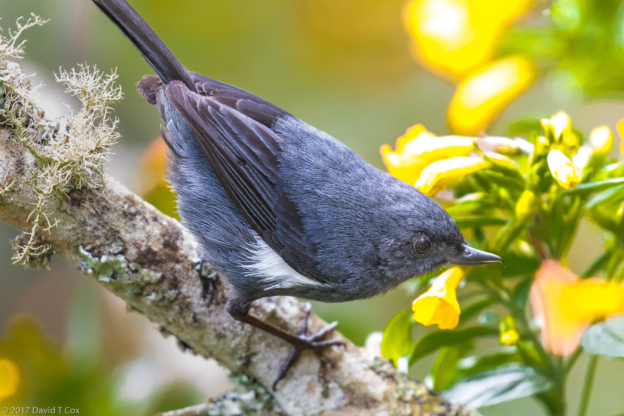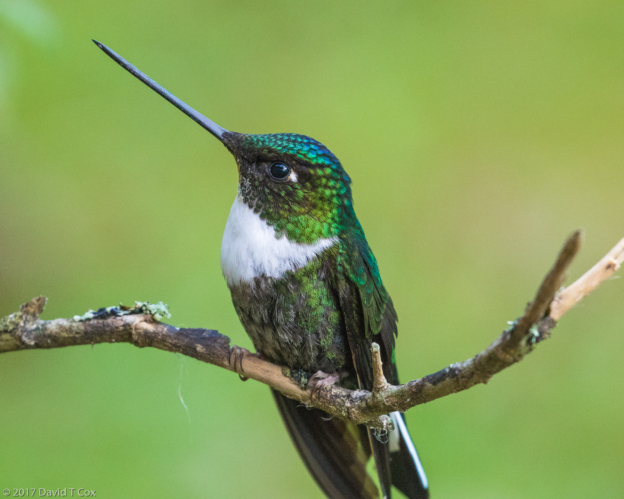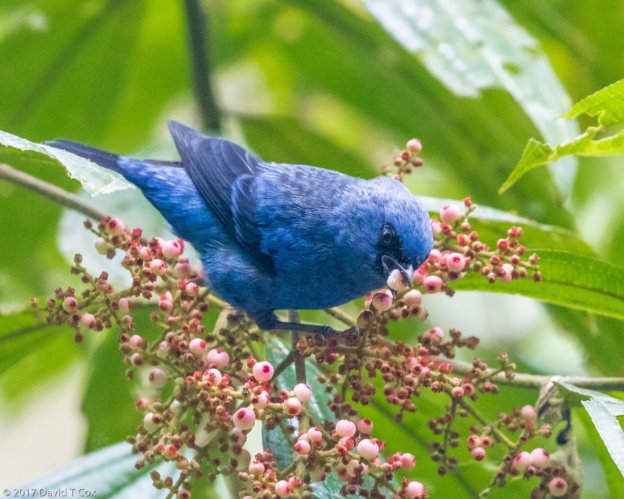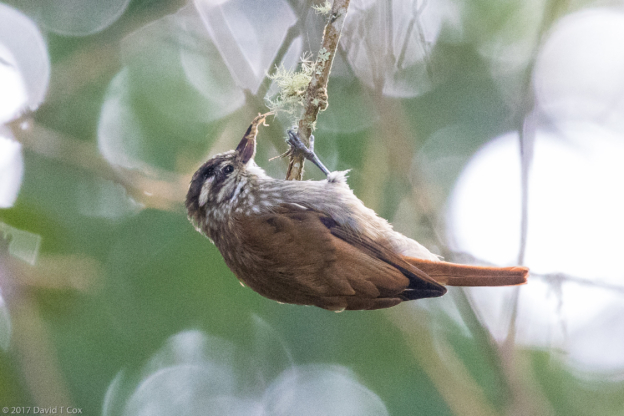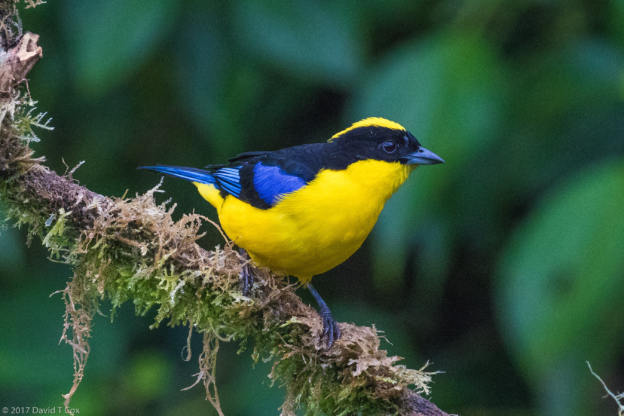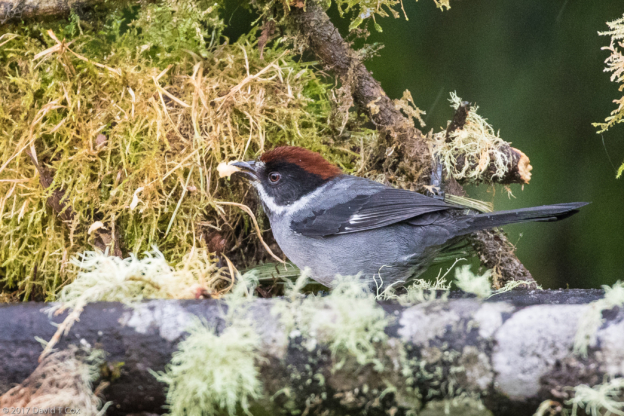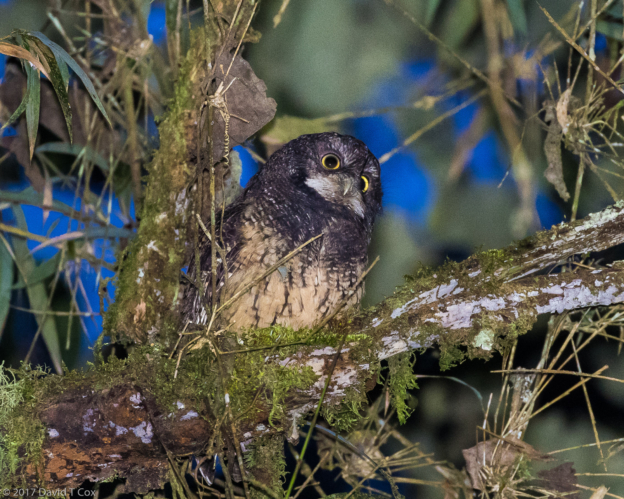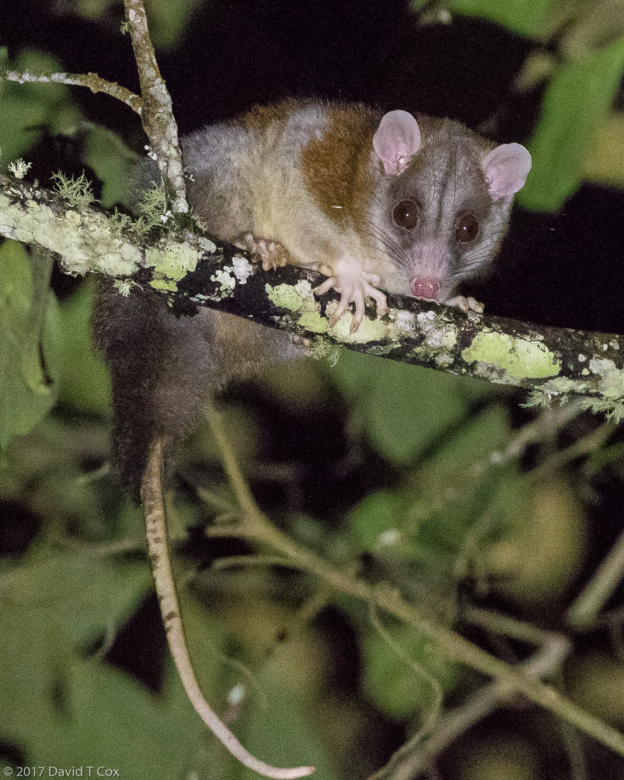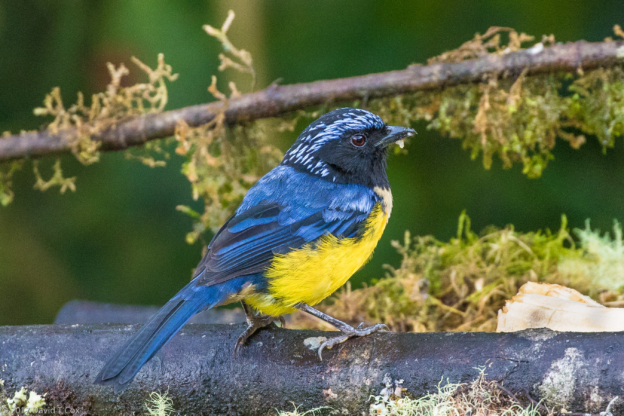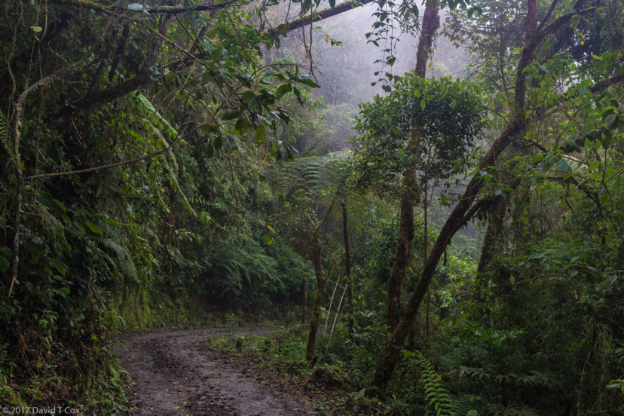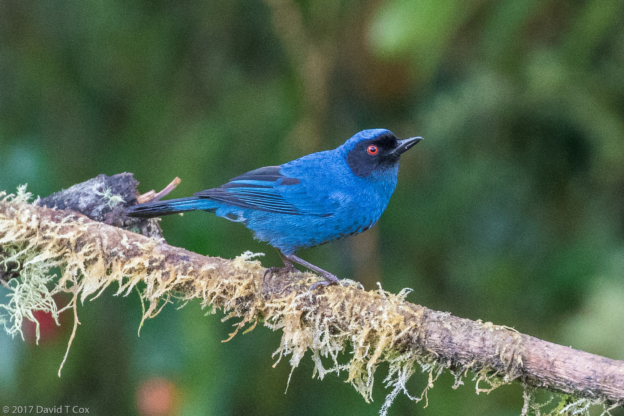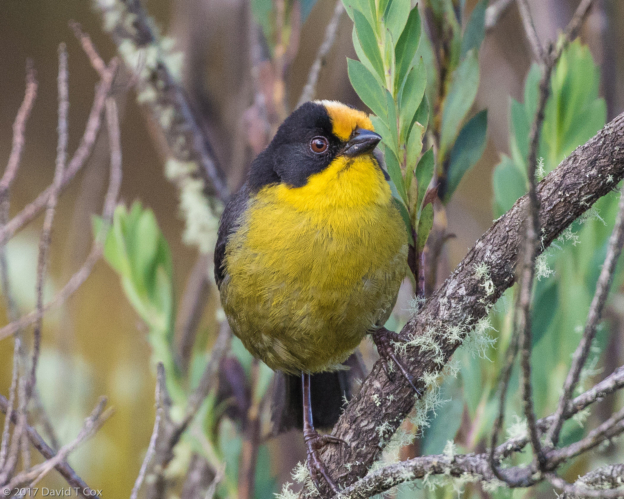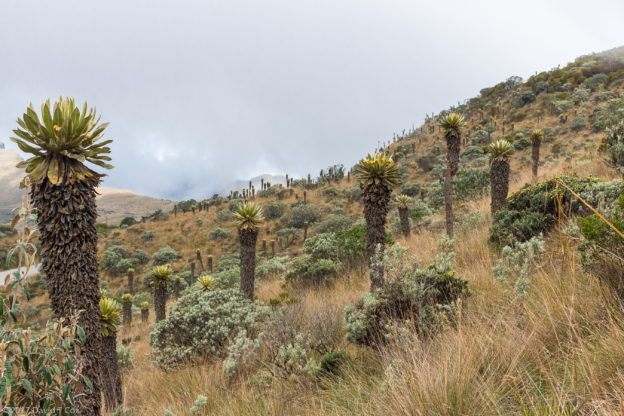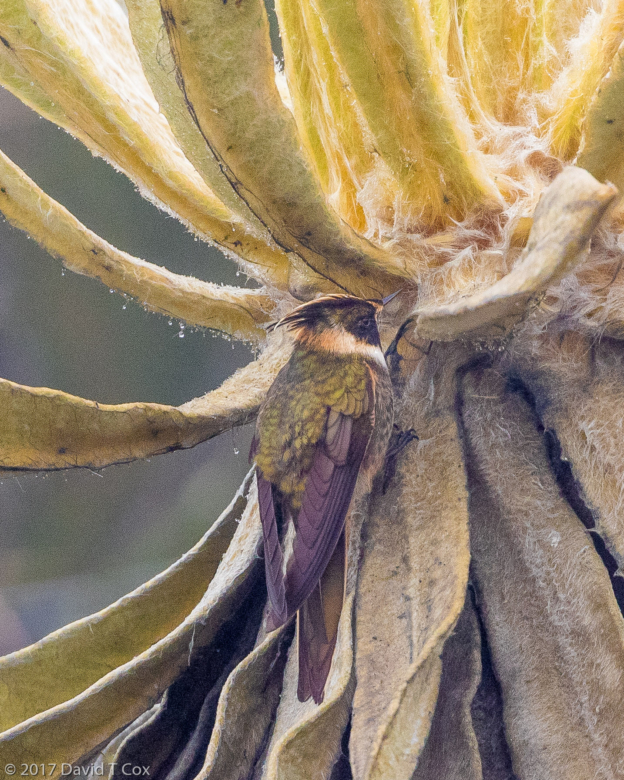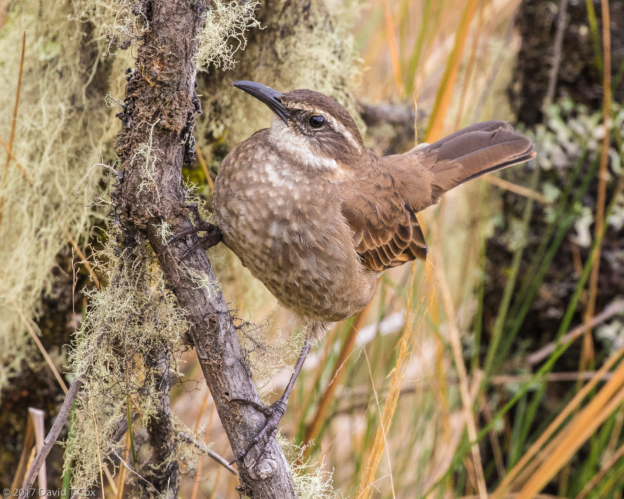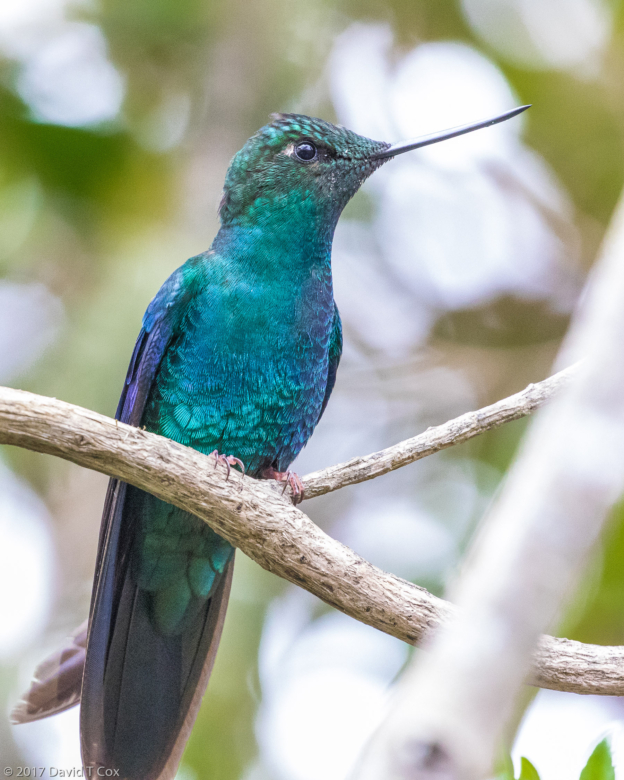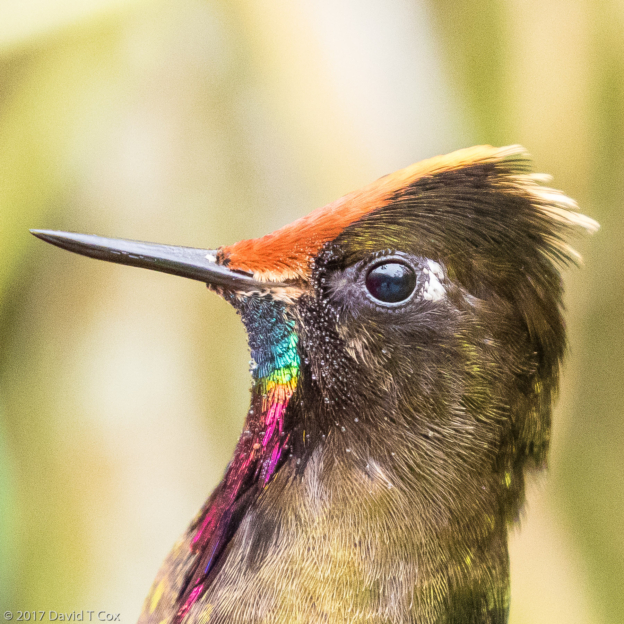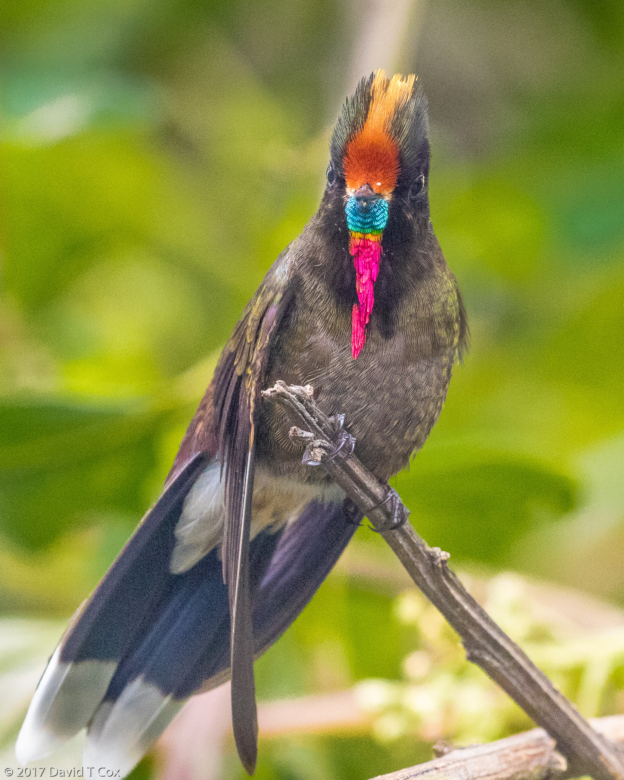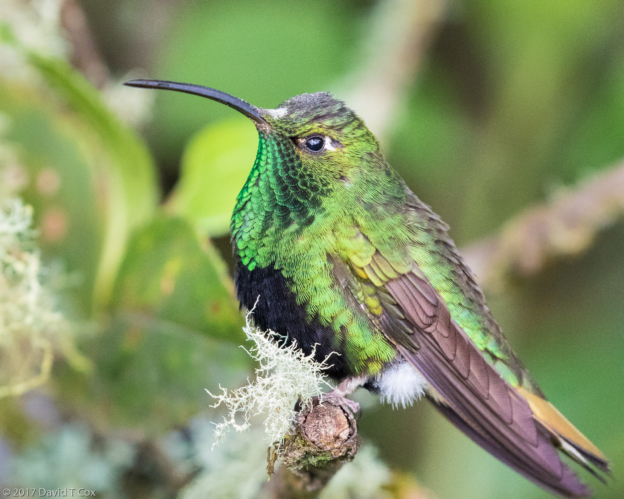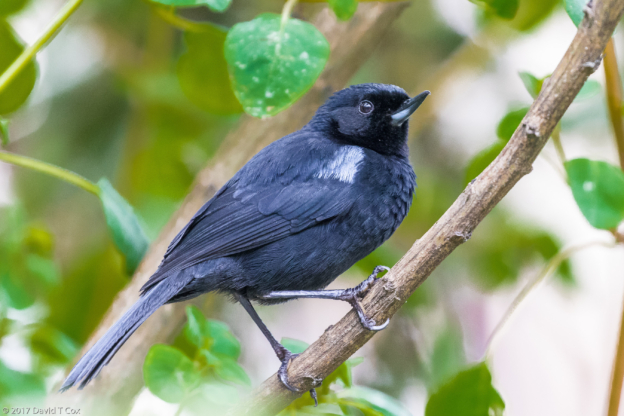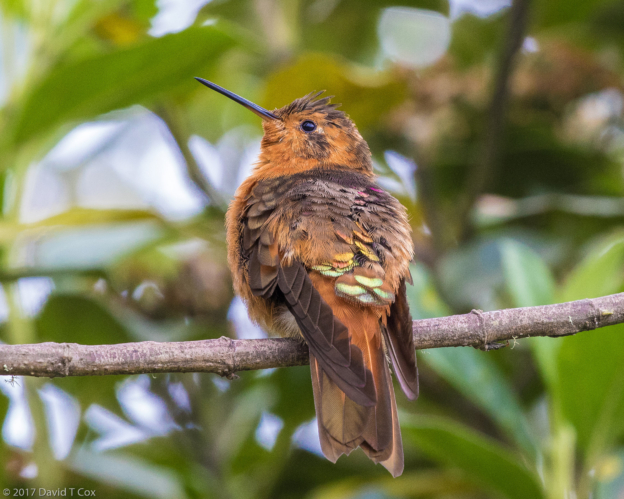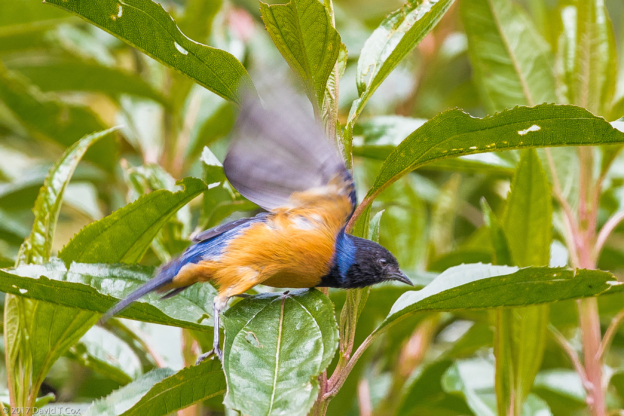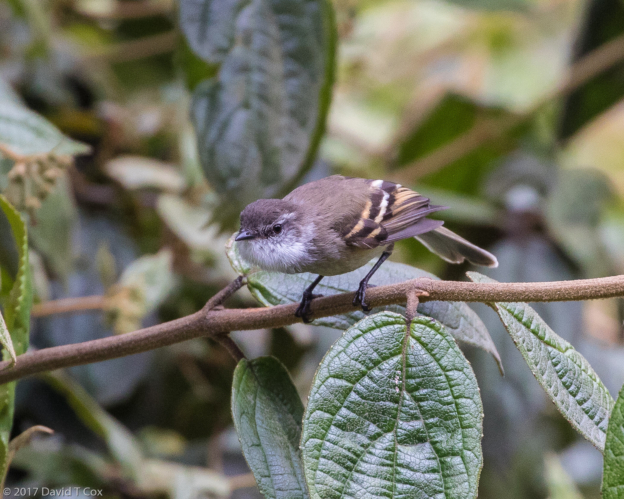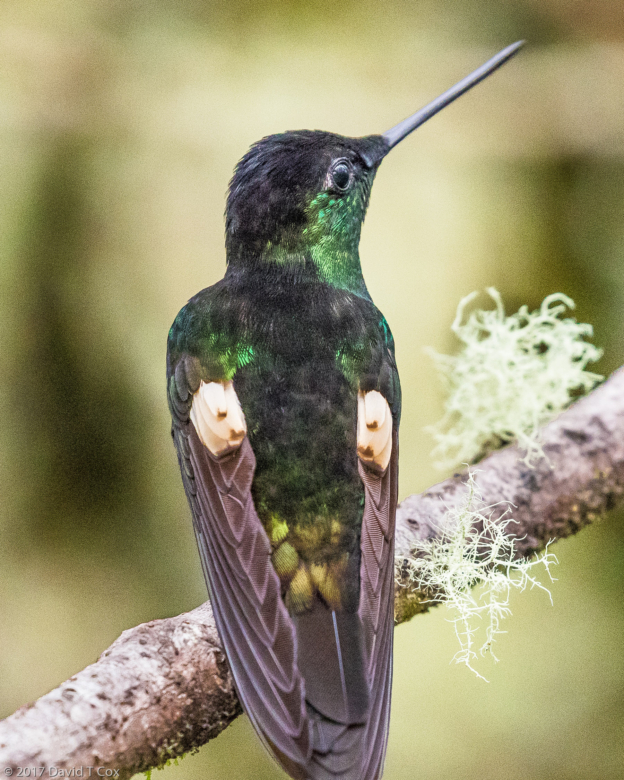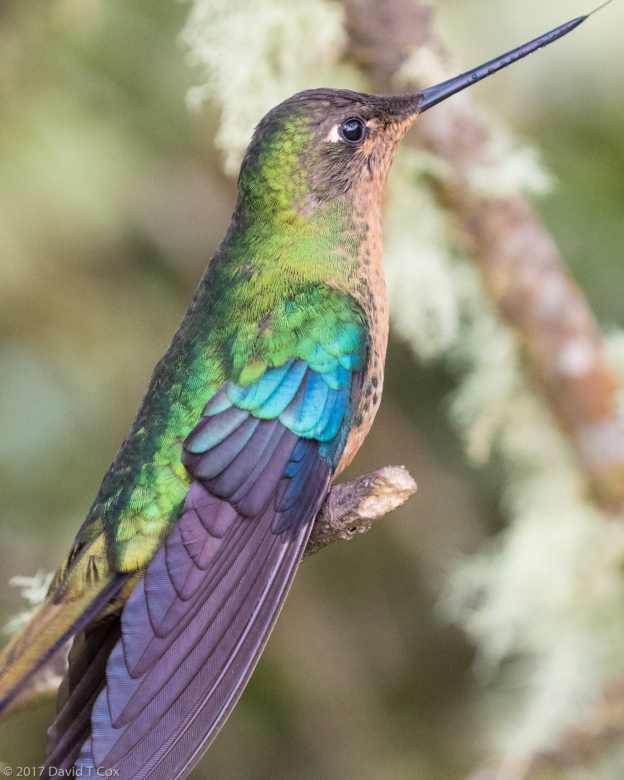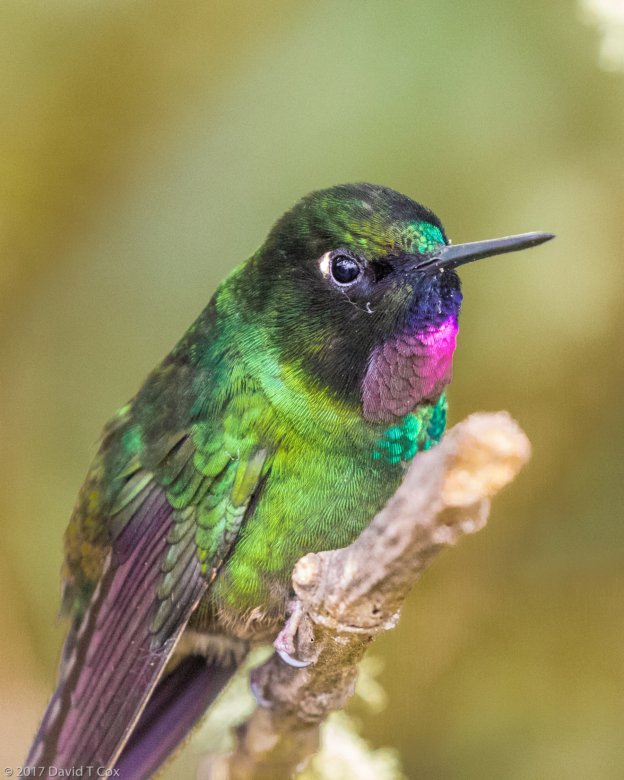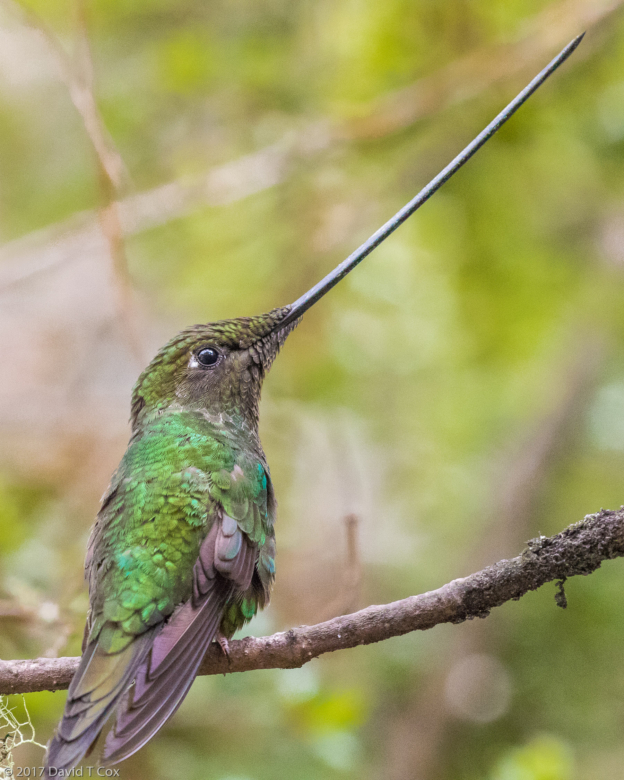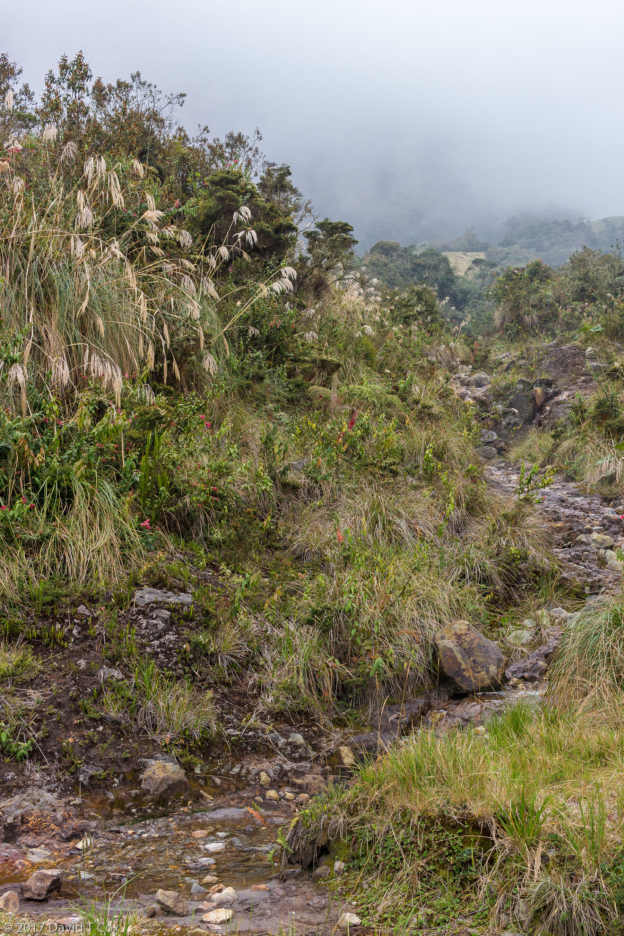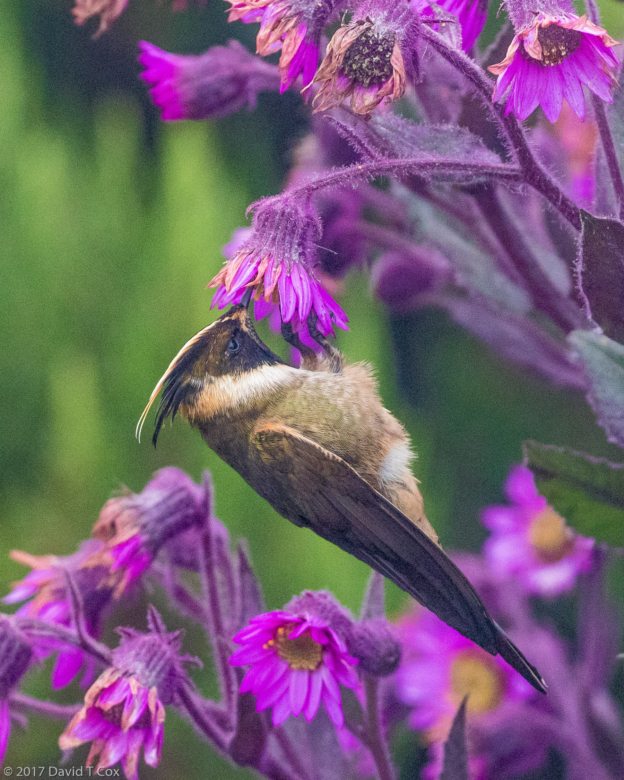All Photos Are Below the Travelogue Text
Click on Any Photo To Open Slide Show
To print the travelogue, right click anywhere on the page. Choose "Print" from your browser dialog box. You can choose Save to PDF in the browser print window.
Share your thoughts.
Email Dave - coxdavid55@hotmail.com
I last reported after just arriving in Cartagena on the Caribbean coast. Cartagena, the Spanish version of the name for ancient Carthage, is listed as a World Heritage Site for its 500 year old walled port city from which Spain shipped much of its plundered New World gold and silver. The old walls still completely surround the Old City, as does the Caribbean Sea – the Old City basically was an island reached by a causeway and one-time drawbridge. Just outside the Old City on the nearby hillside sits the largest fortress built in the New World, Castillo de San Felipe. The walls and fort were built during the 16th and 17th century to defend against attacks by the real pirates of the Caribbean, who (including Sir Francis Drake in 1568) had sacked the Old City a couple of times.
Within the walls lies the original Old City, as well as an old working class neighborhood, Getsemani, originally reclaimed from the marshes. The Old City is a wonderful grid of narrow lanes overlooked on all sides by solid lines of two and three story buildings, all with upper floor wooden balconies, sporting potted flowers and intense colors. At every other intersection lies an ancient church or plaza, and in every plaza now sit myriad metal sculptures. Much of the flavor is similar to Havana, Cuba, with which the Old City shares many cultural relations.
Getsemani, now a part of the Old Walled City, has a number of small hotels and restaurants, as well as pleasant patios, and a number of famous backpacker hostels. I stayed in the lovely Patio de Getsemani, a B&B with very friendly owners, within easy walking distance of everything within the city walls. The rooftop had plants and shaded tables, with fabulous views over the City Walls to the inland sea and fortress. Every evening I sipped my red wine and smoked a cigar on the rooftop, watching the sunset colors change on the fortress walls. On Sunday afternoon, local teams had baseball tournaments just outside the front door to the B&B, playing in the street and inner edges of the Wall – only down the street beyond third-base was their room for an outfield, so they played with 8 players, losing a center fielder, and having the right fielder playing a short-stop between first and second. As the city Wall passed immediately behind the first to second baseline, with the sea beyond, they had some revised rules. The pitches were underhanded (presumably to lessen the hitting distance), and any hit that went above the wall (high to right field) was an automatic 3-outs for the batter’s team (a rule clearly designed to keep from losing too many balls into the sea).
Cartagena also sports the original “La Cava de Puros,” an excellent and famous cigar shop now with branches in Bogota and Medellin. I spent a fair amount of time talking with the owner, an Italian living for years in Cartagena. The shop mainly sells all the well-known brands of Cuban cigars, but the prices, as I found also in Mexico, are astronomical compared to cigars from Central America or Colombia (the very cheapest Cuban puros start at about $20 US, with the majority running $30 to $40 each). I tried some of the Cava’s own branded Colombian cigars and found them very good, running at around $5 each.
I spent several hours walking the walls around much of the Old City, and spent an entire morning exploring the Castillo de San Felipe; first built in the mid-16th century, the outer walls of the fortress rise over a hundred feet, constructed of giant blocks of yellow-black stone coursed to slope inward. Around the various upper levels are dozens of splits through the upper walls where cannon are placed to provide fire power in all directions. Through various small entryways from the upper decks is a maze of long splitting tunnels providing hidden passageways throughout the fort, as well as leading to underground prison cells.
From Cartagena on January 24 I flew to Bogota and from there to Manizales, which lies on the western slopes of the Central Cordillera of the Andes – The Andes, which run north from Ecuador up through most of Colombia, split within Colombia into three separate north-south ranges, or “cordilleras,” named the Oriental, Central and Occidental (Eastern, Central and Western). Bogota sits on a high plateau on the Eastern range, Medellin and Manizales on the high western slopes of the Central range, and Cali on the Western Range. Travel between these various areas seems close on the map, but by bus on the mountain 2-lane highways takes forever.
Manizales depends on a great deal of industry for its prosperity, and is a rather modern city of 390,000, sitting at just over 7,000ft., it is draped over steep mountain ridges on all sides, but provides little in the way of interest for tourists. I have been ensconced in the Estelar El Cable hotel, named for the nearby remnant of the old cable system used for the first half of the 20th century to transport coffee over the Central Cordillera, where it then was shipped up the Magdelena River to the Caribbean coast for export. The hotel is a business hotel, full during the week with business people, empty on weekends, and offering terrific views over Manizales. It includes with the room free hot breakfast and dinner buffets.
Although Manizales itself doesn’t offer much attraction for tourists, nearby are two significant areas of great interest to those looking for rare birds – Rio Blanco and Nevada del Ruiz. Reserva Rio Blanco, covering much of the slopes above Manizales at about 8,600 to over 9,000 ft., is a private reserve owned by the local water company of Manizales to provide the city’s water. Rio Blanco is famous among birding tours for the huge variety of rare birds, including up to 7 species of Antpittas – these are birds of the deep forest floors, and prior to about 20 years ago were not often seen nor photographed as they stayed in the very dark undergrowth. A now famous person (to birders), Angel Paz, about 15 years ago discovered on his large reserve in Ecuador that by keeping a regular daily schedule, over years antpittas could be enticed at set times to come out of the undergrowth into small dark sheltered clearings within the forest. They are lured by providing earthworms, a favorite food of the birds. (I visited Angel Paz when in Ecuador a few years ago, and photographed his several species of antpittas).
Two National Parks in Ecuador now also lure out several other species of antpittas, and, here in Colombia, Rio Blanco is the first to do this, providing me the opportunity to see 4 new species of antpittas – I was able to get wonderful photos of all four species, the Chestnut-crowned, Brown-banded (endemic here), Bicoloured and Slate-crowned. Rio Blanco also offers over 8 species of hummingbirds around its very rustic “lodge” (I hesitate to use the term lodge), and a huge number of other deep forest birds along its heavily cloud-forested senderos (trails). I spent 3 days at the Reserve, each morning climbing the steep hills and trails with the local guide Carlos, who was wonderful at locating all the specialties. We also went out twice after dark for nightjars and owls. I was able to get fine photos of the endemic White-breasted Woodstar, Long-tailed Sylph, Capped Conebill, Blue-winged Mountain-Tanager, Golden-headed Quetzal and Beryl-spangled Tanager, among many others. Among night photos, I captured the rather rare Mouse Opossum and White-throated Screech-Owl.
The second nearby attraction is the Parque Nacional Nevada del Ruiz, which encompasses a huge section of “paramo,”(somewhat poorly translated as “a very high moor”) – the term paramo in the Andes refers to the large expanses of flat-land, hills and mountainsides situated above tree line, occurring here at close to 14,000 ft., and extending up to where the perpetual glaciers and winter snow pack sit at around 16,000 ft.. The paramo is not barren, but is verdant and thickly covered with exotic bunch grasses, cushion-plants, flowering bushes and shrubs and very strange succulents and the Frailejones, tall yucca type plants. I spent two full 11 hour days, with private 4X4 vehicle, driver and bird guide, traveling up the mountain one direction, and returning an alternative route, for additional species. We had a huge thunderstorm in the Manizales area the afternoon of my 4th day, and thereafter the mountain roads up to the paramo had a large number of landslides partially blocking some of the way.
Although not a huge number of species, many of the endemic and rarest birds, many very exotic, reside only at high altitude. The paramo of Nevada del Ruiz is home to one particular hummingbird, called the Buffy Helmetcrest, which resides only in this small spot on earth and is highly sought after by birders. I managed to get a number of delicious photos of it feeding on the exotic flowers and Frailejon plants. Clamoring around on the hills leads quickly to shortness of breath at this altitude.
The two roads up to the paramo, from 7,000 to almost 14,000 feet, climb through heavy cloud forest with a vast number of bird species. Here, where fog often was a problem at the higher elevations, I managed photos of, among others, the Blue-backed Conebill, Crowned Chat-Tyrant, White-breasted Chat-Tyrant, Pale-naped Brush-Finch, Glossy Flowerpiercer, Stout-billed Cinclodes and Tawny Antpitta. Within the cloud forest, and often fogged in, at 11,500 ft. sits a hotel with thermal springs heated by the dormant volcano; the hotel has created gardens and put out feeders to attract hummingbirds. Here I photographed 10 species of hummingbirds, including the rare and endemic Black-thighed Puffleg, Golden-breasted Puffleg, Tourmaline Sunangel, Shining Sunbeam, Mountain Velvetbreast, Great Saphirewing, Sword-billed Hummingbird (the straight bill is as long as the bird), and, most exotic and beautiful, the Rainbow-bearded Thornbill (must see photos).
Although not as expensive as my travel to lodges in the Amazon, or boating the Galapagos, this trip is “running up the tab” as I have opened the purse-strings somewhat more than usual for private boats and 4-wheel drive vehicles, both with operators, and private bird guides – the reward is more photo opportunities, and many more rare, endangered and endemic species.
From Manizales I currently am planning to travel north to Jardin, not far from Medellin, where I will continue seeking bird photo opportunities. Later. Dave
- Old Walled City, Cartegena, Colombia
- one of the fruit vendors of Old Walled City, Cartegena, Colombia
- Walls and Clock Tower of Old Walled City, Cartegena, Colombia
- Plaza San Pedro Claver, Old Walled City, Cartegena, Colombia
- Bocagrande, Getsemani and Old City Cartagena from Castillo de Felipe, Panorama, Colombia
- Baseball outside Hotel Patio de Getsemani, home plate behind power pole, Cartagena, Colombia
- Castillo de Filepe from terrace of Hotel Patio de Getsemani, Cartagena, Colombia
- Clavel de San Pedro, Old City, Cartagena, Colombia
- Basilica, Manizales, Colombia
- cedar arches and columns in Iglesia de la Inmaculada Concepcion, Manizales, Colombia
- Long-tailed Sylph, Reserva Rio Blanco, Colombia
- Green Violetear, Reserva Rio Blanco, Colombia
- Reserva Rio Blanco view, Colombia
- Beryl-spangled Tanager, Reserva Rio Blanco, Colombia
- Chestnut-crowned Antpitta, near endemic, Reserva Rio Blanco, Colombia
- White-bellied Woodstar, Reserva Rio Blanco, Colombia
- Andean Guan, Reserva Rio Blanco, Colombia
- Speckled Hummingbird, Reserva Rio Blanco, Colombia
- Bicoloured Antpitta, near endemic, Reserva Rio Blanco, Colombia
- Capped Conebill, Reserva Rio Blanco, Colombia
- Golden-headed Quetzal, Reserva Rio Blanco, Colombia
- Slate-crowned Antpitta, Reserva Rio Blanco, Colombia
- Blue-capped Tanager, Reserva Rio Blanco, Colombia
- White-sided Flowerpiercer, Reserva Rio Blanco, Colombia
- Collared Inca, Reserva Rio Blanco, Colombia
- Blue-And-Black Tanger, Reserva Rio Blanco, Colombia
- Streaked Xenops, Reserva Rio Blanco, Colombia
- Blue-winged Mountain-Tanager, Reserva Rio Blanco, Colombia
- Slaty Brush-Finch, Reserva Rio Blanco, Colombia
- White-throated Screech-Owl, Reserva Rio Blanco, Colombia
- Mouse Opossum, Reserva Rio Blanco, Colombia
- Buff-breasted Mountain-Tanager, Reserva Rio Blanco, Colombia
- sendero in cloud forest, Reserva Rio Blanco, Colombia
- Masked Flowerpiercer, Reserva Rio Blanco, Colombia
- Pale-naped Brush-Finch, Road to Nevada del Ruiz NP, Colombia
- paramo Frailejon plants, Via la Grua, Reserva Forestal Bosques, below Nevada Del Ruiz, Colombia
- Buffy Helmetcrest, Endemic, feeding in Frailejon plant, Nevada del Ruiz NP, above Manizales, Colombia
- Tawny Antpitta, Via la Grua, Reserva Forestal Bosques, below Nevada Del Ruiz, Colombia
- Stout-billed Cinclodes, Via la Grua, Reserva Forestal Bosques, below Nevada Del Ruiz, Colombia
- Shining Sunbeam, Termales del Ruiz, 3,600m, below Nevada Del Ruiz, Colombia
- Great Saphirewing, Termales del Ruiz, 3,600m, below Nevada Del Ruiz, Colombia
- Rainbow-bearded Thornbill, Termales del Ruiz, 3,600m, below Nevada Del Ruiz, Colombia
- Rainbow-bearded Thornbill, Termales del Ruiz, 3,600m, below Nevada Del Ruiz, Colombia
- Mountain Velvetbreast, Termales del Ruiz, 3,600m, below Nevada Del Ruiz, Colombia
- Glossy Flowerpiercer, Termales del Ruiz, 3,600m, below Nevada Del Ruiz, Colombia
- Shining Sunbeam, Termales del Ruiz, 3,600m, below Nevada Del Ruiz, Colombia
- Blue-backed Conebill, Via la Grua, Reserva Forestal Bosques, below Nevada Del Ruiz, Colombia
- White-throated Tyrannulet, Via la Grua, Reserva Forestal Bosques, below Nevada Del Ruiz, Colombia
- Golden-fronted Whitestart, Via la Grua, Reserva Forestal Bosques, below Nevada Del Ruiz, Colombia
- buff-winged Starfrontlet female, Termales del Ruiz, below Nevada Del Ruiz, Colombia
- Golden-breasted Puffleg, Termales del Ruiz, below Nevada Del Ruiz, Colombia
- Great Saphirewing female, Termales del Ruiz, below Nevada Del Ruiz, Colombia
- Tourmaline Sunangel, Termales del Ruiz, below Nevada Del Ruiz, Colombia
- Sword-billed Hummingbird, Termales del Ruiz, below Nevada Del Ruiz, Colombia
- Paramo stream and bunchgrasses, Brisas Hwy below Nevada del Ruiz, Colombia
- Buffy Helmetcrest, Endemic, Entrance Nevada del Ruiz NP, Colombia
To print the travelogue, right click anywhere on the page. Choose "Print" from your browser dialog box. You can choose Save to PDF in the browser print window.
Share your thoughts.
Email Dave - coxdavid55@hotmail.com
